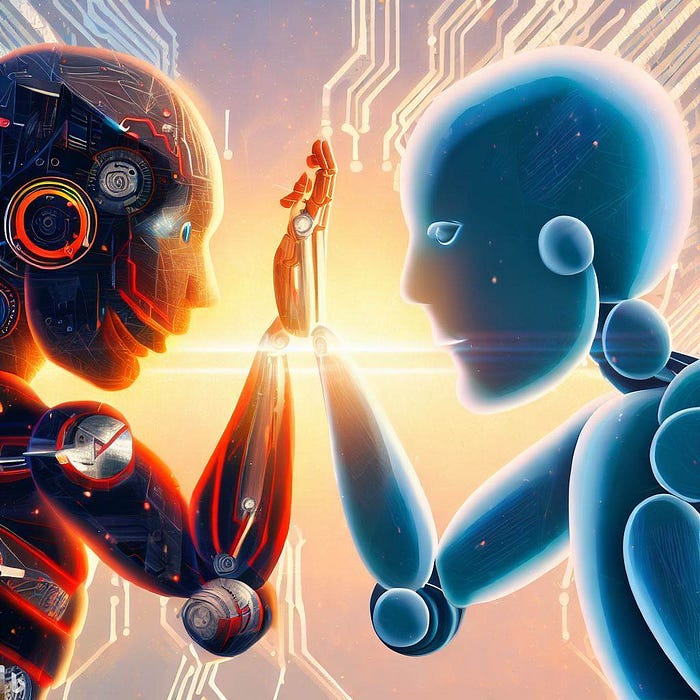Synergizing Human and Artificial Intelligence: A Comparative Analysis and Future Outlook

In an article titled “Human- versus Artificial Intelligence,” published in Frontiers in Artificial Intelligence, author J. E. (Hans) Korteling et al (2021) provides an insightful comparison of human and artificial intelligence (AI), emphasizing their respective strengths and weaknesses. As AI continues to advance, it is essential to recognize the unique attributes of both forms of intelligence and explore ways to foster collaboration between them.
Korteling begins by highlighting the differences between human and artificial intelligence. Human intelligence is characterized by adaptability, context-dependence, intuition, and creativity, while AI is rule-based, data-driven, and excels in pattern recognition and complex calculations. This fundamental distinction sets the stage for understanding the potential benefits and challenges associated with AI’s integration into various domains.
The author identifies several domains where AI outperforms humans, including playing chess and Go, facial recognition, natural language processing, and medical diagnostics. AI’s impressive performance in these areas can be attributed to its ability to process vast amounts of data quickly and accurately. However, despite these accomplishments, there are still areas where human intelligence surpasses AI.
Korteling points out that humans outperform AI in complex decision-making, social interaction, creativity, and empathy. AI struggles to understand the subtleties of human emotions, intentions, and contextual cues, making it less suited for tasks requiring emotional intelligence or nuanced understanding.
The impact of AI on human society is a topic of great interest and debate. The author suggests that AI’s potential benefits include improved decision-making, increased efficiency, and the reduction of human biases. However, it also poses challenges, such as job displacement, privacy concerns, and ethical considerations. Balancing these pros and cons will be critical as AI continues to develop and integrate into various aspects of society.

Korteling emphasizes the importance of collaboration between humans and AI to achieve optimal results. By combining the strengths of both forms of intelligence, complex problems can be addressed more effectively, and overall performance can be improved. This collaboration may manifest in many forms, from AI-assisted decision-making in healthcare to the development of creative works in art and design.
Finally, the author suggests future research directions aimed at enhancing the collaboration between human and artificial intelligence. Key areas of focus should include developing AI systems that can effectively collaborate with humans, understand human intentions, and adapt to context-dependent situations. Additionally, research should concentrate on understanding the ethical implications of AI and devising strategies to mitigate potential negative consequences.
In summary, J. E. (Hans) Korteling’s article “Human- versus Artificial Intelligence” offers a comprehensive comparison of the two forms of intelligence and emphasizes the importance of fostering collaboration to achieve the best possible outcomes. By understanding the unique strengths and weaknesses of both human and artificial intelligence, researchers and practitioners can work together to develop innovative solutions that leverage the best of both worlds.
